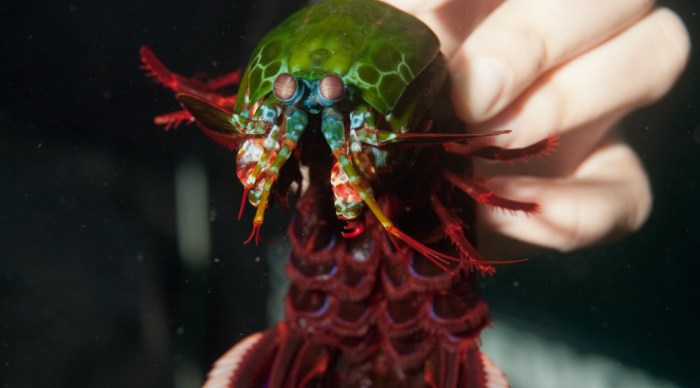How to tame a mantis? It’s an intriguing question that opens the door to a world of wonder and fascination. Mantises, with their otherworldly appearance and predatory instincts, have captivated humans for centuries. In this comprehensive guide, we’ll embark on a journey to uncover the secrets of taming these enigmatic creatures, transforming them from wild predators into gentle companions.
The journey to taming a mantis is not without its challenges, but with patience, understanding, and the right techniques, you can forge a unique bond with this extraordinary insect. So, let’s dive right in and explore the art of mantis taming, one step at a time.
How to Tame a Mantis

Taming a mantis refers to the process of gradually acclimating it to human presence and handling, making it less defensive and more comfortable in captivity. The reasons for taming a mantis can vary, including scientific research, educational purposes, or simply as a unique and fascinating pet.
Safety Precautions
While mantises are generally not considered dangerous, they do have sharp spines on their legs and can deliver a painful bite if threatened. It is essential to handle them with caution and follow these safety precautions:
- Wear gloves to protect your hands from their spines.
- Capture the mantis using a container or net to avoid direct contact.
- Hold the mantis securely by its thorax, avoiding its head and abdomen.
Housing and Environment
An appropriate enclosure is crucial for the well-being of a mantis. It should be:
- Spacious enough to allow the mantis to move freely.
- Well-ventilated to ensure proper airflow.
- Filled with a suitable substrate, such as sand or vermiculite.
Additionally, the enclosure should provide the following:
- Appropriate temperature and humidity levels.
- Adequate lighting for day and night cycles.
- Hiding places for the mantis to feel secure.
- Access to fresh water.
Feeding and Nutrition
Mantises are carnivorous and require a diet of live insects. Suitable prey includes:
- Fruit flies
- House flies
- Mealworms
- Crickets
Feed the mantis regularly, typically every few days, and ensure that the prey insects are appropriately sized.
It is also essential to gut load the prey insects before feeding them to the mantis. Gut loading involves feeding the insects nutritious foods, such as vegetables or fruits, to ensure that the mantis receives a balanced diet.
Handling and Care
Handle the mantis gently and avoid sudden movements. Support its body securely when picking it up and avoid touching its delicate wings.
Regularly clean the mantis’s enclosure and remove any waste or uneaten prey. This helps maintain a healthy environment and prevents the growth of bacteria.
Observe the mantis’s behavior and appearance for signs of health, such as good appetite, clear eyes, and an active posture.
Taming Techniques
Taming a mantis requires patience and consistency. Start by gradually introducing your presence to the mantis. Sit near its enclosure and talk to it in a soft voice.
Once the mantis becomes accustomed to your presence, begin offering it food from your hand. Gradually move your hand closer to the mantis and allow it to feed from your fingers.
As the mantis becomes more comfortable, gently touch its body with your finger. Start with brief touches and gradually increase the duration and frequency of handling.
Enrichment and Training, How to tame a mantis
Provide the mantis with enrichment activities to stimulate its natural behaviors. This can include live plants, toys, or interactive games.
It is possible to train a mantis to perform simple tasks, such as following a target or jumping on command. This requires a lot of patience and positive reinforcement.
Potential Challenges
Taming a mantis can come with challenges, such as:
- Aggression
- Escape attempts
- Health issues
Address these challenges by providing a suitable environment, proper nutrition, and regular veterinary care.
FAQs
Is it possible to tame a wild mantis?
Yes, with patience and the right techniques, it is possible to tame a wild mantis. However, it’s important to note that mantises are predators and should be handled with care and respect.
What is the best way to feed a mantis?
Mantises are carnivorous and primarily feed on live insects. The best way to feed a mantis is to offer it a variety of live insects, such as crickets, flies, and moths.
How often should I handle my mantis?
Handle your mantis only when necessary, such as for feeding or cleaning its enclosure. Excessive handling can stress the mantis and disrupt its natural behaviors.



